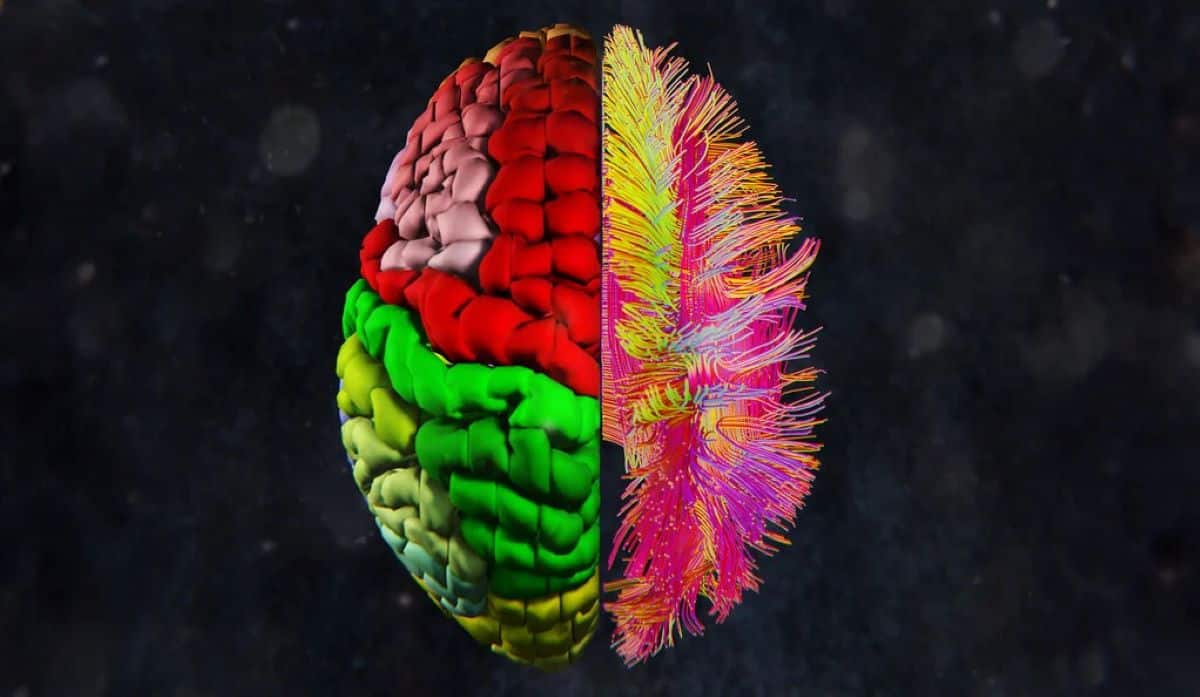Summary: Researchers reveal that the relationship between brain structure and function varies significantly across different brain regions. In primary sensory and motor regions, neuron wiring strongly predicts function, while in regions associated with complex cognition, this link weakens.
Using data from 300 brain functions, the study found that advanced cognitive functions rely less on direct neural connections, suggesting evolutionary adaptation. As the human brain evolved, indirect pathways between regions may have enabled new cognitive abilities. This gradient underscores how brain organization supports diverse sensory, motor, and cognitive processes. Findings highlight the complexity of brain connectivity and function.
Key Facts:
- Gradient effect: Strong structure-function link in sensory/motor areas, weaker in complex cognitive areas.
- Evolutionary adaptation: Advanced cognitive functions may rely on indirect pathways.
- Brain function insight: Study reveals diversity in how brain networks support different processes.
Source: Yale
Different brain regions are connected by — and interact through — networks of neurons. But the extent to which neuronal wiring drives shared function between these different regions is not well understood. Is this structure-function relationship the same throughout the brain? The same across functions?
Yale researchers have now found that this relationship is variable, which they reported recently in Nature Communications.

For the study, the researchers pulled both structural and functional brain data from large data repositories and calculated how well the coactivation of different brain regions (function) could be explained by the neurons that directly connected them (structure). They evaluated this across brain regions and more than 300 brain functions.
“We found that this relationship exists on a gradient,” said lead author Evan Collins, who is now a graduate student at MIT but who conducted the research as an undergraduate in the Yale Neuroscience Neuroanalytics research group directed by Dennis Spencer and Hitten Zaveri.
“The relationship between structure and function was stronger in the primary sensory and motor cortical areas and for perceptual and motor functions,” Collins said. “It was weakest in the association cortex for complex cognitive functions. Moreover, the way in which humans discern meaning from words mirrors this neural gradient, revealing how our language informs us about our brain organization.”
The evolution of the human brain may help explain this gradient. One possible reason is that while direct connections between brain regions were sufficient for such faculties as vision and movement, as the brain developed more advanced capabilities, like complex cognition, these direct connections had maxed out their usefulness.
“It’s possible that the brain developed more indirect connections between regions in order to establish new, more advanced abilities,” said Zaveri, co-senior author of the study and associate professor of neurology at Yale School of Medicine.
About this neuroscience research news
Author: Evan Collins
Source: Yale
Contact: Evan Collins – Yale
Image: The image is credited to Evan Collins and Omar Chishti
Original Research: Open access.
“Mapping the structure-function relationship along macroscale gradients in the human brain” by Evan Collins et al. Nature Communications
Abstract
Mapping the structure-function relationship along macroscale gradients in the human brain
Functional coactivation between human brain regions is partly explained by white matter connections; however, how the structure-function relationship varies by function remains unclear.
Here, we reference large data repositories to compute maps of structure-function correspondence across hundreds of specific functions and brain regions.
We use natural language processing to accurately predict structure-function correspondence for specific functions and to identify macroscale gradients across the brain that correlate with structure-function correspondence as well as cortical thickness.
Our findings suggest structure-function correspondence unfolds along a sensory-fugal organizational axis, with higher correspondence in primary sensory and motor cortex for perceptual and motor functions, and lower correspondence in association cortex for cognitive functions.
Our study bridges neuroscience and natural language to describe how structure-function coupling varies by region and function in the brain, offering insight into the diversity and evolution of neural network properties.






